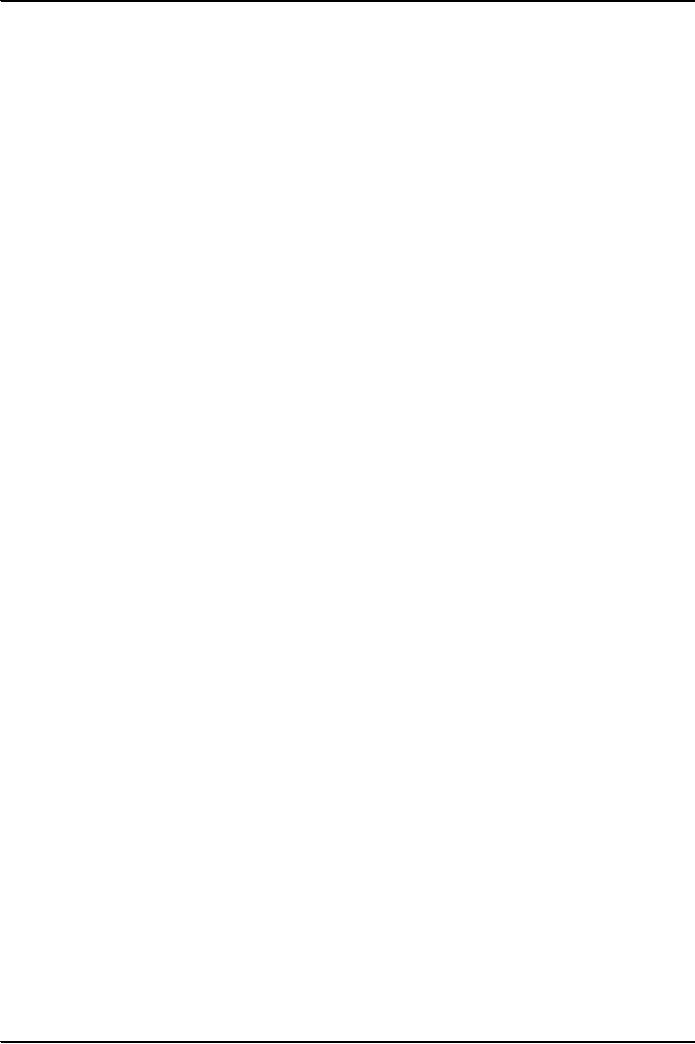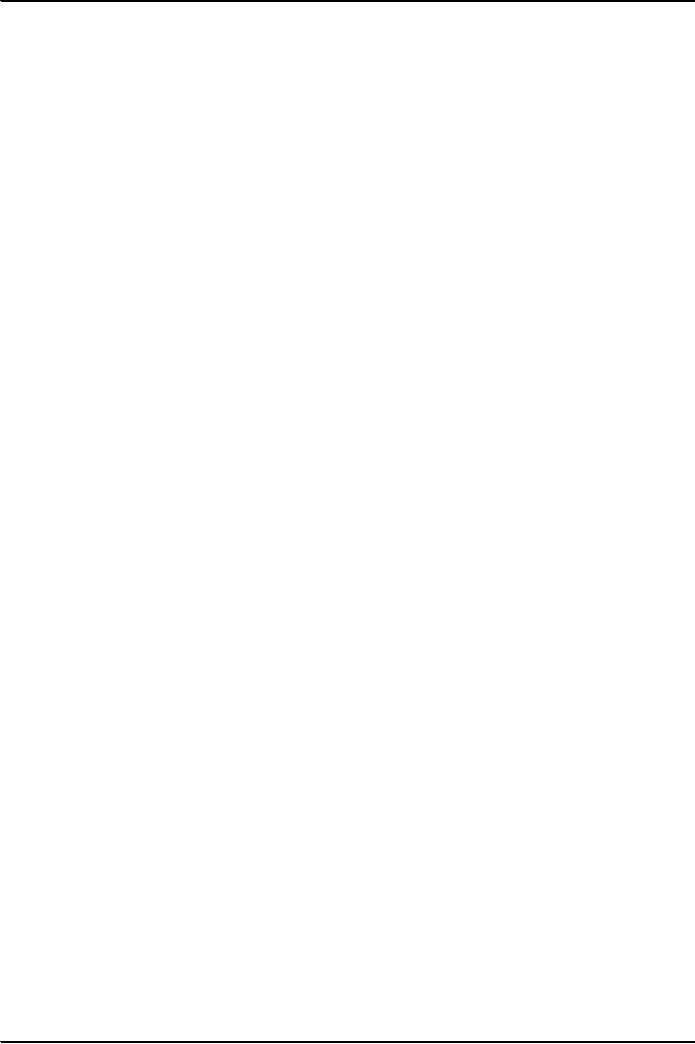 |
Control Procedures over Purchases and Payables |
| << Control Procedures over Sales and Debtors |
| TESTING THE PURCHASES SYSTEM >> |

Fundamentals
of Auditing ACC 311
VU
Lesson
25
TESTING
THE PURCHASES SYSTEM
Control
Objectives
Purchases
are often made on credit and
so the purchases cycle includes
payables. You also need to
bear in
mind
that 'purchases' has a wide
meaning in terms of the purchases
cycle as purchases will include
not only
inventory
items but also all
types of expense and the
purchase of non current
assets.
The
control objectives are as
follows. To ensure that:
e)
Purchased goods/services are
ordered under proper authority and
using proper
procedures
f)
Purchased goods/services are
only ordered as necessary for the
proper conduct of the business
operations
and are ordered from
suitable, approved suppliers
g) Goods/services
received are inspected for
quality, quantity and description
h)
Invoices and related documentation
are properly checked and
approved as being valid before
being
entered as trade
creditors
i)
All valid transactions relating to
payables (suppliers' invoices, credit
notes and adjustments),
and
only
those transactions, should be accurately
recorded in the accounting
records.
Control
Procedures over Purchases and
Payables
As
with the sales system, there
are a large number of controls that
may be required in the purchases
cycle
due to
the importance of this area in any
business and once again, the
following list is classified by type
of
control.
(a)
Orders
(i)
Requisition
notes for purchases should be
authorized.
(ii)
All
orders should be authorized by a responsible
official whose authority
limits should
be
pre-defined.
(iii)
Major
items e.g. capital expenditure, should be
authorized at an appropriate level,
possibly
by the Board of Directors
(iv)
All
orders should be recorded on official
documents showing suppliers'
names,
quantities ordered
and price.
(v)
Copies
of orders should be retained as a method of
following up late deliveries
by
suppliers.
(vi)
Re-order
levels and quantities should be pre-set
and preferably recorded in advance
on
the
requisition note.
(b)
Receipt of goods
(i)
Goods
inwards areas should be identified to
deal with the receipt of all
goods.
(ii)
All
goods should be checked for
quantity, quality and description.
Goods received
notes
should be raised for all
goods accepted. The GRN
should be signed by a
responsible
official.
(iii)
GRNs
should be checked against purchase
orders and procedures should
exist to
notify
the supplier of under or over-deliveries. GRNs should be
sequentially
numbered
and checked periodically for
completeness.
(c)
Invoicing
and returns
(i)
Purchase
invoices received should be stamped
with an approval grid and given
a
unique
serial number to ensure purchase
invoices do not go
astray.
(ii)
Purchase
invoices should be matched with
goods received notes and
company orders
and
should not be processed until this is
done.
(iii)
The
invoice should be checked against the
order and the GRN, and
casts and
extensions
should also be checked.
(iv)
The
invoices should be signed as approved for
payment by a responsible
official
independent of the
ordering and receipt of
goods functions.
(v)
Invoice
sequential numbers should be checked
against purchase day book
details.
(vi)
Input
VAT should be recorded separately from
the expense element of the
invoice
total.
91

Fundamentals
of Auditing ACC 311
VU
(vii)
Invoices
should be properly allocated to the
nominal ledger accounts,
perhaps by
allocating
expenditure codes. A portion of such
coding should be checked
independently.
(viii)
Batch
controls should be maintained over the posting of
invoices to the purchases
day
book,
nominal ledger and purchase
ledger.
(ix)
A
record of goods returned should be kept
and checked to the credit notes
received
from
suppliers.
(d)
Purchase
ledger and suppliers
(i)
A
payables ledger control
account should be maintained and regularly
checked
against
balances in the purchase ledger by an
independent official.
(ii)
Payables
ledger records should be kept by
persons independent of the receiving of
goods,
invoice authorization and
payment routines.
(iii)
Statements
from suppliers should be checked
against the ledger
account.
TESTS
OF CONTROL
As
already noted, tests of control should be
drawn up so as to check that control
procedures are being
applied
and to achieve control
objectives. One suggested way to
design tests of control for
a particular
situation is to
list the documents in a transaction
cycle and generate appropriate
tests of control for
each
document.
We shall illustrate this approach here in
connection with the purchases cycle
(Note that a similar
technique
could be applied to other transaction
cycles!)
92
Table of Contents:
- AN INTRODUCTION
- AUDITORS’ REPORT
- Advantages and Disadvantages of Auditing
- OBJECTIVE AND GENERAL PRINCIPLES GOVERNING AN AUDIT OF FINANCIAL STATEMENTS
- What is Reasonable Assurance
- LEGAL CONSIDERATION REGARDING AUDITING
- Appointment, Duties, Rights and Liabilities of Auditor
- LIABILITIES OF AN AUDITOR
- BOOKS OF ACCOUNT & FINANCIAL STATEMENTS
- Contents of Balance Sheet
- ENTITY AND ITS ENVIRONMENT AND ASSESSING THE RISKS OF MATERIAL MISSTATEMENT
- Business Operations
- Risk Assessment Procedures & Sources of Information
- Measurement and Review of the Entity’s Financial Performance
- Definition & Components of Internal Control
- Auditing ASSIGNMENT
- Benefits of Internal Control to the entity
- Flow Charts and Internal Control Questionnaires
- Construction of an ICQ
- Audit evidence through Audit Procedures
- SUBSTANTIVE PROCEDURES
- Concept of Audit Evidence
- SUFFICIENT APPROPRIATE AUDIT EVIDENCE AND TESTING THE SALES SYSTEM
- Control Procedures over Sales and Debtors
- Control Procedures over Purchases and Payables
- TESTING THE PURCHASES SYSTEM
- TESTING THE PAYROLL SYSTEM
- TESTING THE CASH SYSTEM
- Controls over Banking of Receipts
- Control Procedures over Inventory
- TESTING THE NON-CURRENT ASSETS
- VERIFICATION APPROACH OF AUDIT
- VERIFICATION OF ASSETS
- LETTER OF REPRESENTATION VERIFICATION OF LIABILITIES
- VERIFICATION OF EQUITY
- VERIFICATION OF BANK BALANCES
- VERIFICATION OF STOCK-IN-TRADE AND STORE & SPARES
- AUDIT SAMPLING
- STATISTICAL SAMPLING
- CONSIDERING THE WORK OF INTERNAL AUDITING
- AUDIT PLANNING
- PLANNING AN AUDIT OF FINANCIAL STATEMENTS
- Audits of Small Entities
- AUDITOR’S REPORT ON A COMPLETE SET OF GENERAL PURPOSE FINANCIALSTATEMENTS
- MODIFIED AUDITOR’S REPORT